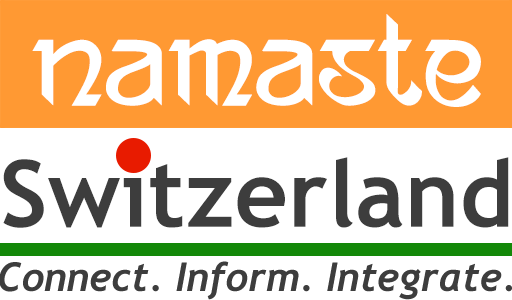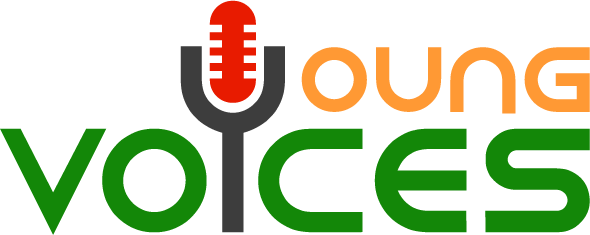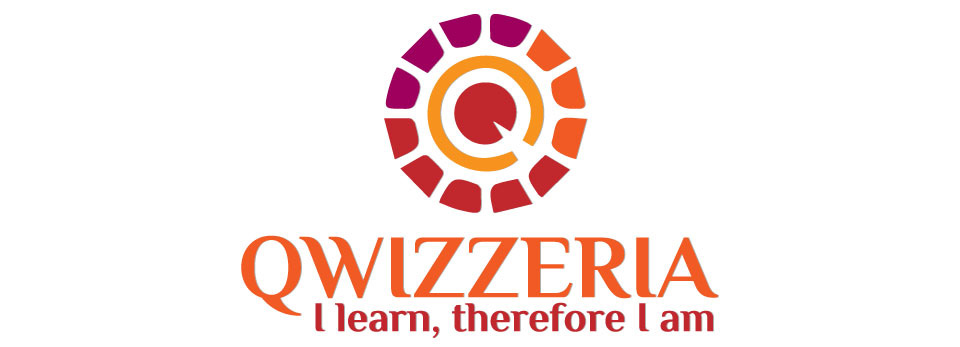We spend our best years working to build a life we can take pride in, a lifestyle we can take comfort in and enjoy to the fullest. Retirement shouldn’t be the bump along the way where you have to compromise on everything you have worked so hard for.
Maintaining your current standard of living in Switzerland even after retirement requires a fair bit of planning for adequate private retirement provisions. With three Swiss pension pillars, each with its own features and benefits, it can often feel like a maze if you aren’t well informed or guided.
What are the 3 pension pillars in Switzerland?
- Pillar 1 is the ‘State Pension’ provided by the government to cover old-age insurance and survivor’s insurance, disability insurance (AHV/DI), and supplementary benefits under the loss of income (EL)
- Pillar 2 is that of ‘Occupational Benefits Insurance’ (BVG) provided by the employer to supplement the benefits from AHV/DI in old age, disability or death, and ensure that your current standard of living is maintained
- Pillar 3 comprises ‘Private Pension’ wherein you have to contribute voluntarily towards building up private pension provisions for a life you wish to lead after retirement
Why should you consider investing in the 3rd Pillar?
Payments provided to retirees under Pillar 1 and Pillar 2 guarantee only 60% of the final income and it is not always enough to maintain the same standard of living you might be accustomed to. This can lead to deterioration in the quality of life, insufficient funds to meet expensive healthcare, inability to cover costs if you are a property owner, or being forced to return to your home country if you are an ex-pat or immigrant.
What are the benefits of investing in the 3rd Pillar?
- The 3rd Pillar comprises savings made with a view to retirement
- Subject to certain limits, payments made into 3rd Pillar funds are tax exempt
- You can withdraw your savings if you are unable to work and you draw full invalidity benefit
- If you withdraw funds before reaching the official retirement age, these will be taxed at a much lower rate and separately from other income.
What’s the best time to get started on retirement planning?
The sooner you start planning, the better. Definitely, before you turn 50. Study your pension fund to estimate your pension earnings. Then consult an expert to identify any possible gaps and how to go about it.
Who offers this?
Private pension provisions can be arranged through both banks and insurance companies. However, it’s important to note that only insurance solutions offer you supplementary cover in case of extreme events like death or disability.
Contact us for a free consultation!
With our experience of advising and guiding clients towards securing their retired lives, we help you understand every aspect of Swiss Private Pension in relation to your age, health conditions, retirement goals and family finances. We can guide you in the language of your comfort (English, Deutsch, Hindi and Punjabi).
Disclaimer: Namaste Switzerland does not undertake any financial/reputational/legal/misrepresentational impact or other obligations/liabilities that may arise from the content.
Please note: Systems and laws change. We do not confirm the validity of the content at all times.












